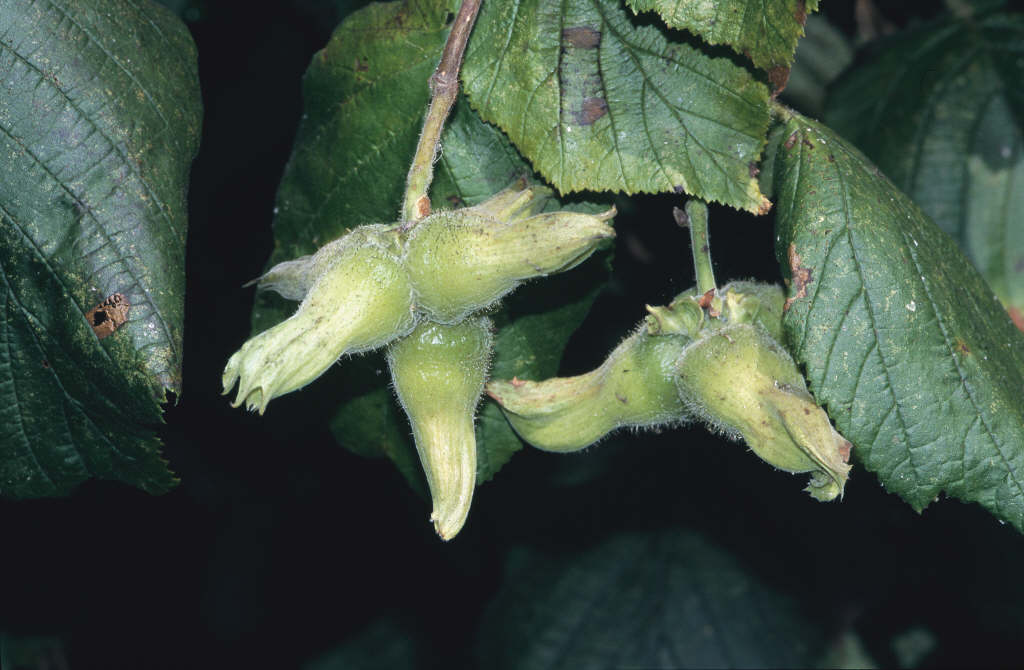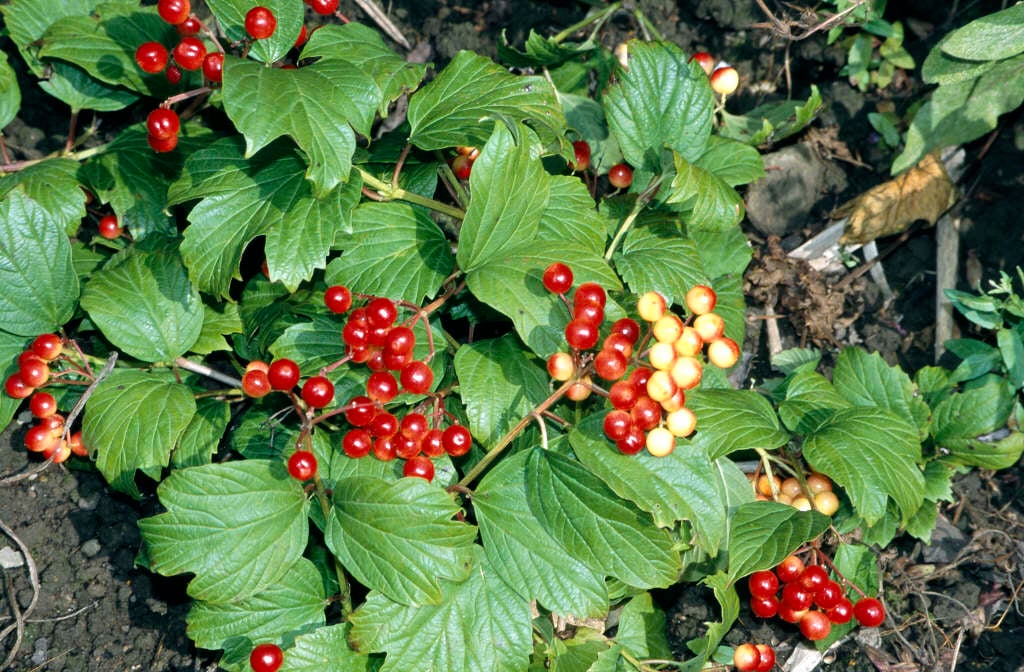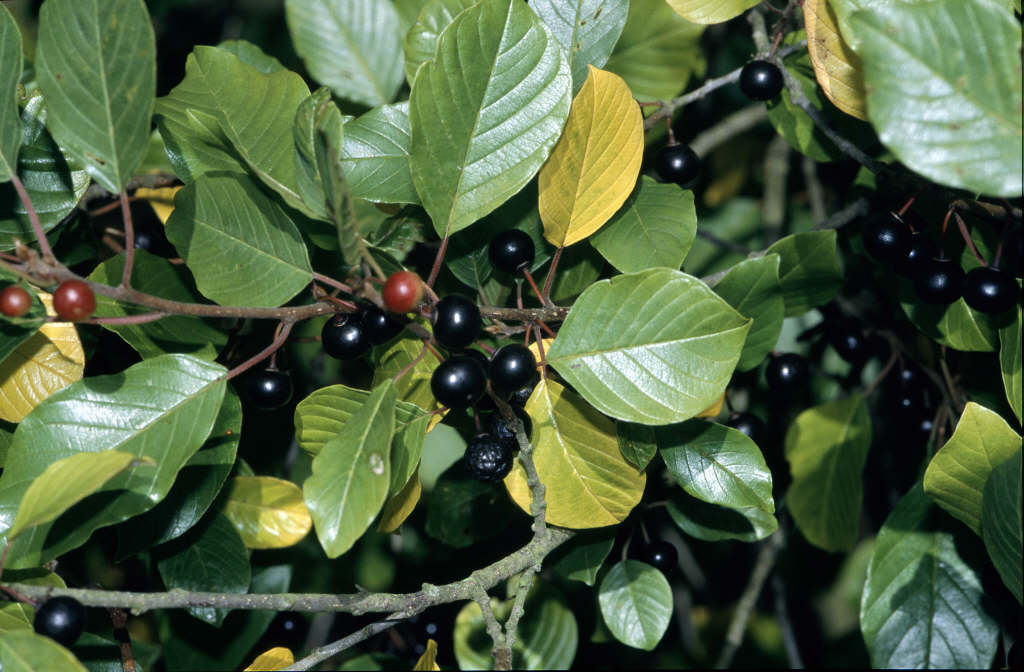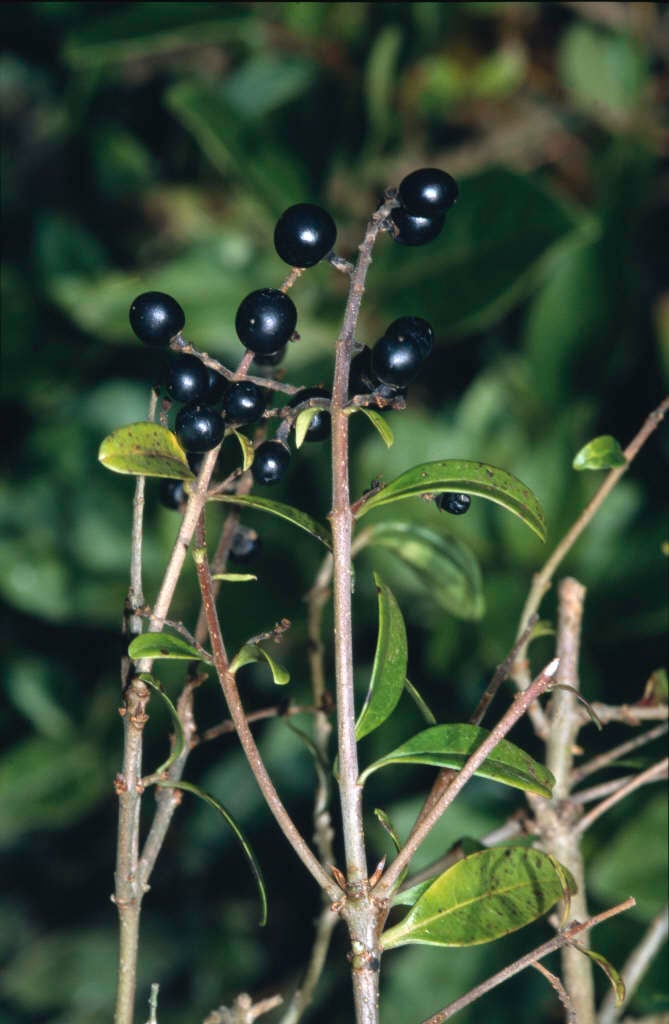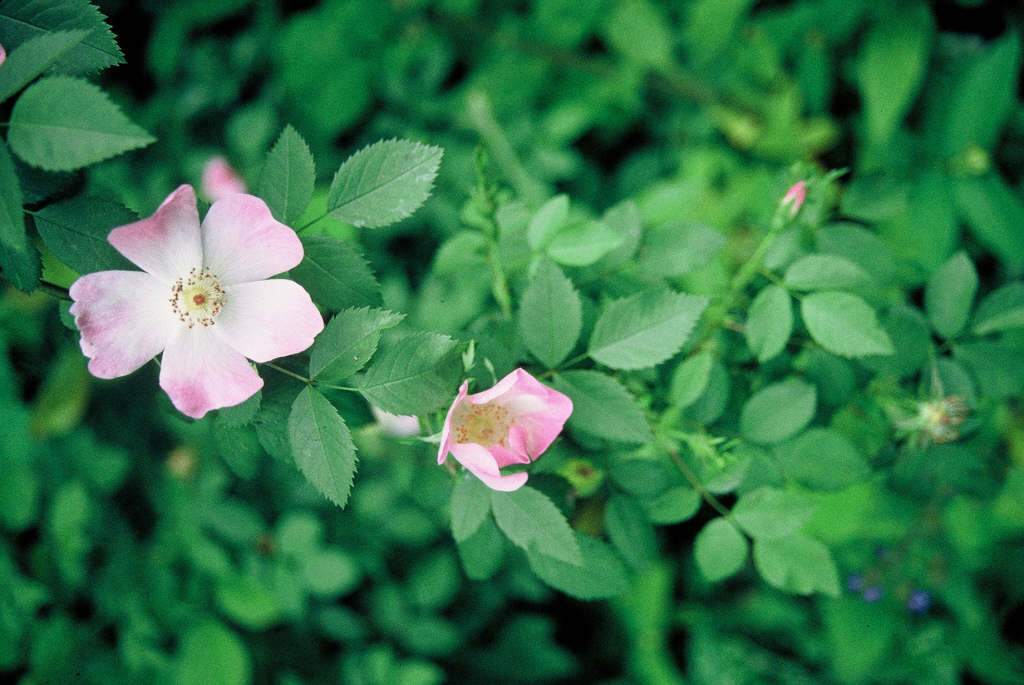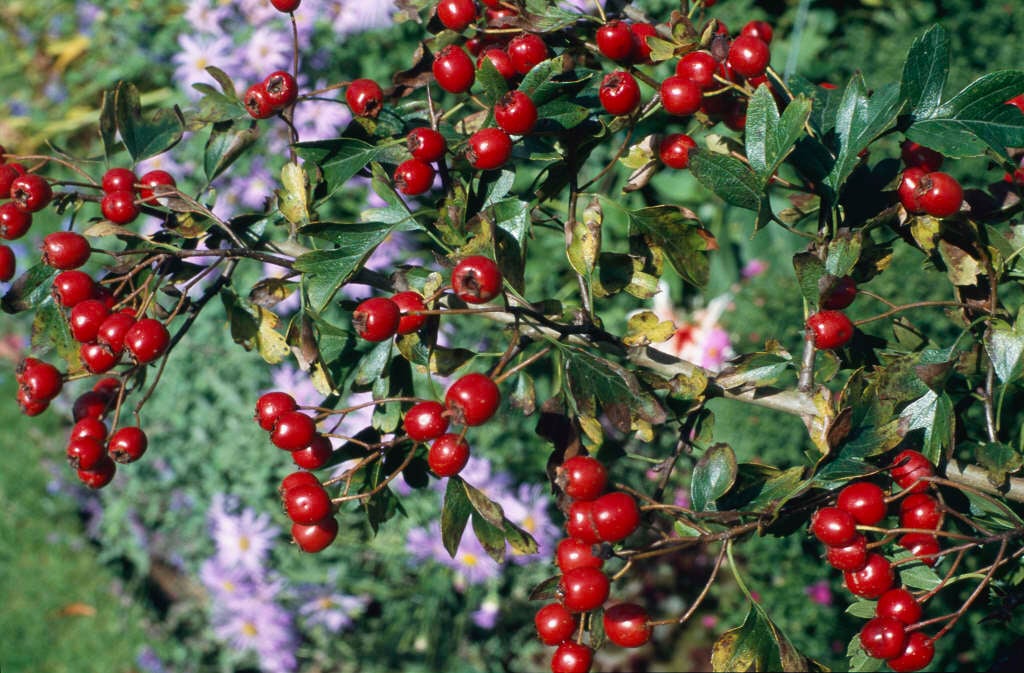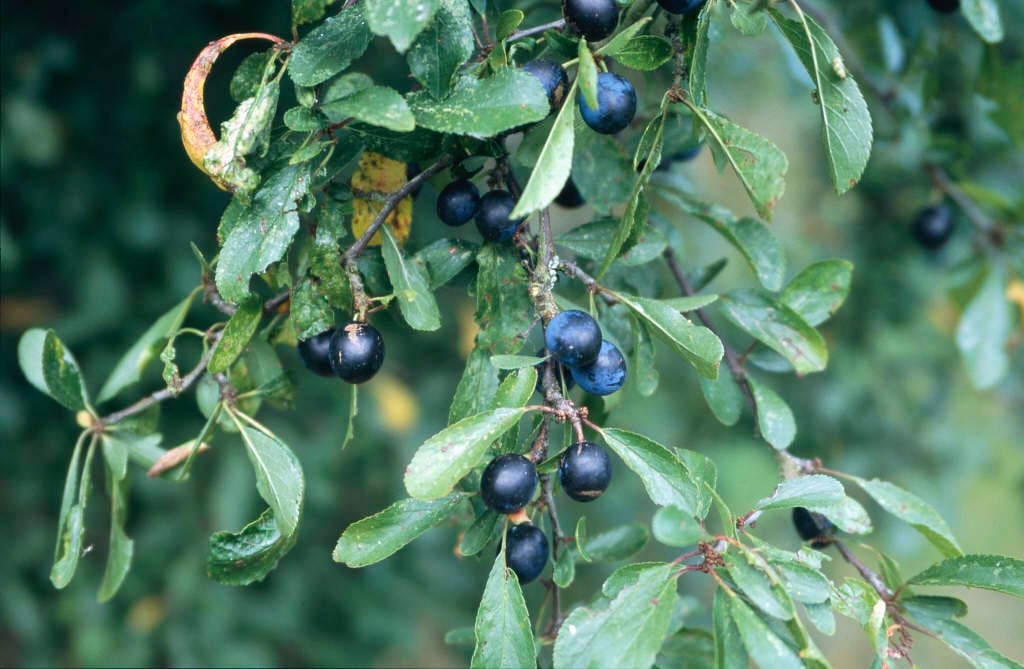This time we are in Dog Lane, which runs up towards Woodbury Common for over a mile from the crossroads with Stony Lane and White Cross road. It joins Castle Lane near the ridge of the Pebblebed Heaths, by Woodbury Park hotel and Golf Club.
 |
| Dog Lane near the junction of Stony Lane and White Cross Road, looking towards the Common |
The lower stretch starts inauspiciously as a very narrow lane between high banks - which nevertheless have a variety of hedgerow trees and shade-loving plants, such as ferns and Cuckoo Pint (or Lords-and-Ladies). It is very sad to report once again the damage to the bases of these banks. On both sides they have been badly eroded - perhaps by hedge-flailing machinery in August, which appears to have entirely filled the width of the lane. There is a real risk of washing away during the winter, which could compromise the stability of the banks.
 |
| The bright red berries of Cuckoo Pint, or Lords-and-Ladies, are toxic to humans but loved by birds |
Further along, the lane becomes a more rewarding walk, with occasional far-reaching views beyond Exeter.
 |
| Looking back towards Stoke Hill beyond Exeter |
 |
| View to the Raddon Hills, from field-entrance at the turning to Cannonwalls Farm |
Continuing upwards, the habitats become increasingly varied. The two dips in the road near Coombe Park Farm are particularly lovely - pictured here in early-June.
 |
| Field-gate looking towards the rear of Little Coombe Kennels, early June |
Two deep goyles (dialect word for a steep, narrow valley) have been incised by the stream which rises in Castle Brake, and a small tributary - which continue together to form the lake at Merehaven Manor, before joining the Grindle Brook near Winkleigh Farm, and hence to the River Clyst. It is easy to imagine that the depth of the lane at this point may have been emphasised by the regular movement of animals from local farmsteads up to the Common.
 |
| View uphill from the goyle near Coombe Park Farm, below, in early June |
The small wood on the left here is the remnant of a larger piece of land which was known as Worth Forest. It was an area of just over ten acres stretching uphill alongside the lane, over what is now part of the golf course. It was shown as woodland on the Tithe Map of 1839, and on OS Maps until the middle of the twentieth century.
Although 'forest' in modern usage usually refers to a large tract of densely wooded land, it is in fact a mysterious word, originating in Europe, which meant land on which deer were protected by special bylaws. The word and these laws were introduced to England by William the Conqueror, and for many centuries 'Forest' (with a capital F) meant a place of deer. It was an unenclosed area - often a large common - where either the king or another magnate kept deer for hunting.
Might Worth Forest therefore once have been a deer park? We have begun to research this intriguing possibility. Further up the lane, the road and the verges become much wider, the hedgerows are ancient, and the flora, particularly on the left side of the lane, becomes much more varied. Perhaps this could support our speculation ….
This small woodland does still have a deer population, and a local resident has had regular recent sightings of young twins or triplets on the lane here.
 |
| Worth Forest |
It is wonderful to be able to report that, in this upper stretch of Dog Lane, Sally recently spotted the highest diversity of plant species here that she has ever seen. This might be particularly because the verges have been uncut this summer, making a salutary comparison with those further down the lane. This matters because wild flowers are disappearing at an alarming rate, and small steps such as delaying cutting can make all the difference to their survival and to maintaining biodiversity - not just the plants but all the insects, birds and animals that they support.
 |
| Upper Dog Lane looking towards the Common (above), and back towards Woodbury (below) |
One very exciting discovery was a clump of Sneezewort, a plant which (according to Sarah Raven) declined significantly during the twentieth century, with losses increasing more recently due to land drainage and habitat destruction. It can still occur in old, unimproved meadows and areas of grassland that have not been sprayed, but is a rare find. It is aptly named for its widespread use in the past to fight coughs and colds - a tincture of its leaves apparently cleared heads by inducing sneezing.
 |
| Sneezewort [sourced at seasonalwildflowers.com] |
Four other less usual finds were Nipplewort, Pale Persicaria, Tormentil, and Hemp Agrimony [images all sourced from http://www.seasonalwildflowers.com]
 |
| Nipplewort |
 |
| Pale Persicaria |
 |
| Tormentil |
 |
| Hemp agrimony |
One fairly unusual sighting was of the Jersey Tiger Moth, a day-flying moth. In Britain until recently it was confined to the Channel Islands and parts of the coast - on the mainland being most common in South Devon. But in recent years it has appeared in Dorset and the Isle of Wight, and seems to be extending its range quite rapidly, with a thriving population now in parts of London.
 |
| Jersey Tiger Moth |
Lastly, here's a curiosity often found on Field and Dog Roses - the Bedeguar Gall, or Robin's Pincushion. This structure is created by a chemical reaction within the plant to a gall wasp laying her eggs in an unopened leaf bud. The name 'Bedeguar' derives from a Persian word meaning 'wind-brought', and 'Robin' refers not to the bird, but to the sprite of English folklore, Robin Goodfellow. Hard though it may be to believe, in the past these galls were dried and powdered and used to cure whooping cough, toothache, rheumatism and colic. Mixing their ashes with honey and applying them to the scalp was thought to cure baldness, and they were also used as a charm against flogging!








































